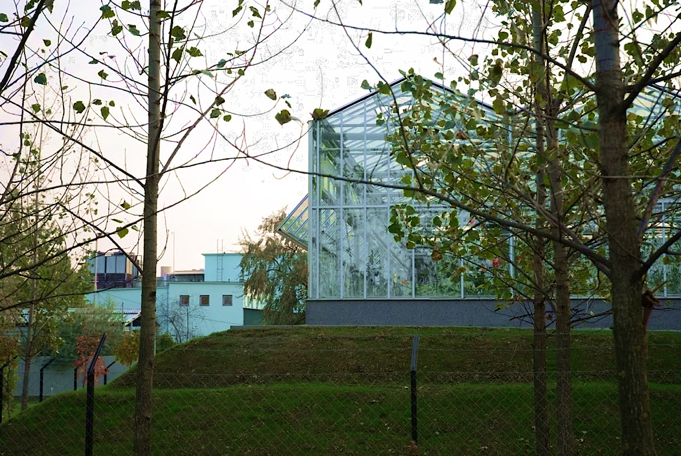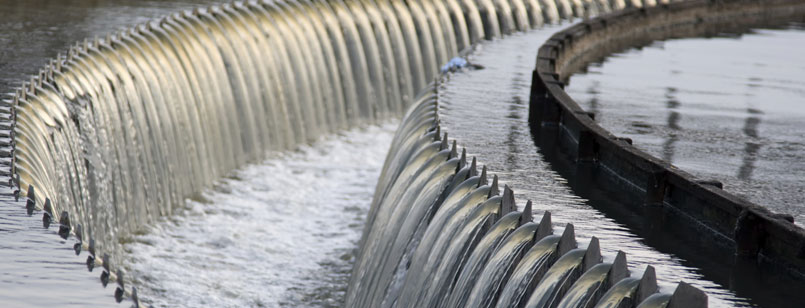With a growing need for environmental conservation, many businesses are looking into ways that they can reduce the amount of waste they produce in an effort to become more sustainable. Most businesses focus on two different types of waste: the amount of carbon & greenhouse gas emission and the amount of materials being wasted. There’s also a third type of pollution that many businesses overlook, and that’s wastewater.
To become more familiar with wastewater pollution in the industrial or business setting, it’s important to examine a few different avenues of waste. These include identifying where the sources of the wastewater are coming from, pointing out the types of businesses producing a majority of the waste, and ways in which business owners and management can help to curb the waste produced by their business or industrial park.
What Is Wastewater and its sources?
Before examining different waste avenues, it’s crucial to have an understanding of what exactly wastewater is in order to properly identify the problem. Wastewater is water that has been exposed to a contaminant or that human activity has made unclean. The most obvious form of this would be water used in the home, whether that is water from a toilet, sink, or shower.

There are a number of other ways wastewater is produced. In many cases, there doesn’t even need to be a direct influence. In urban areas, for instance, almost all rain will be considered wastewater unless it evaporates. This is because water that runs down drains or even off of roadways and onto grassy land is affected by oil, exhaust, dirt and other materials.
How Do Businesses Produce Wastewater?
There are a number of ways industrial parks and businesses can generate wastewater. Many are the result of drainage: rain that is contaminated by the materials used in the industrial parks. For instance, an airport that uses chemicals to de-ice their planes will have residual chemicals on their runways. When the rain falls, it will mix with those chemicals and will no longer be safe, pure water.
Wastewater is also created any time that water is used in the production or storage of an item. In a slaughterhouse, the water used to clean the waste produced during the slaughter will go down the same drain as the waste itself, making the water unusable as it’s mixed with blood and contaminants from the animals being killed.
What Businesses Should Be Most Concerned with Wastewater?
All businesses produce wastewater, however certain ones need to be made even more aware of the increase they could be having on the environment. The business that need to be more conscious are:
- Food Processing
- Pulp and Paper
- Dairies and Farms
- Breweries
- Wool Processing
It is so important that business leaders understand the importance of wastewater treatment in their industrial parks and plants. Laguna Technopark, an industrial park near Laguna lake, 18.5 miles south of Metro Manila, upgraded to the Organica Water wastewater treatment plant (WWTP) solution in April 2018. The 6,500 m3/d facility would be the first Organica-powered Wastewater Treatment Plant (WWTP) for the Philippines, a country with over 100 million people but less than 30% of treated wastewater.

The newly integrated WWTP, located directly between an industrial area and a residential area, has been further developed with the up rise of new residential homes. The Organica Water facility has the capacity to treat wastewater from 15,000 residential homes in the area, including the recent additions. The beautiful, odor-free, botanical-garden like treatment plant has been proudly acting as a wastewater showcase for the country, highlighting the economic and societal benefits of employing Organica Water’s unique approach to wastewater management.
Gallicoop Corporation, one of the largest food processing operations in Eastern Europe, continues to eliminate excess wastewater treatment charges with Organica Water. The company, which processes thousands of meat products annually, has been utilizing the Organica Water solution since 2008.

With the treatment plant being immediately next to the factory’s main entrance, employee parking lot and one of Szarvas, Hungary’s main roads, this aesthetically pleasing and odorless greenhouse structure enables the treatment facility to continue being an integral part of the corporation’s campus, while saving the costs and physical footprint.


